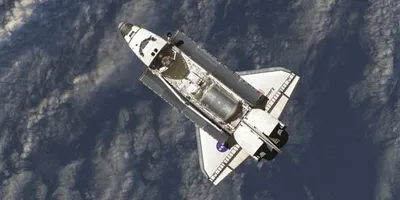On May 29, 1999, Space Shuttle Discovery made history by becoming the first shuttle to dock with the International Space Station (ISS). This monumental event marked a significant milestone in space exploration and international cooperation in space science.
Discovery’s mission, STS-96, launched from Kennedy Space Center in Florida on May 27, 1999. The primary objective of the mission was to deliver supplies and perform logistics work in preparation for future crewed missions to the ISS. The crew consisted of seven astronauts: Commander Kent V. Rominger, Pilot Rick D. Husband, and Mission Specialists Ellen Ochoa, Tamara Jernigan, Daniel T. Barry, Julie Payette, and Valery Ivanovich Tokarev.
As Discovery approached the ISS, the anticipation was palpable. The docking procedure required precise maneuvers and coordination, showcasing the advanced capabilities of both the shuttle and the space station. On May 29, Discovery successfully docked with the ISS, a feat that required meticulous planning and execution. This event demonstrated the viability of the ISS as a collaborative international space endeavor, involving the United States, Russia, Canada, Japan, and European countries.
The docking not only symbolized a technical achievement but also emphasized the importance of international cooperation in space exploration. The ISS, a joint project involving multiple space agencies, served as a testament to what could be achieved when nations work together toward a common goal. The supplies delivered by Discovery were crucial for the ongoing construction and habitation of the space station, including hardware, tools, and scientific equipment.
During the mission, the crew of Discovery performed a spacewalk to install and replace several components on the exterior of the ISS. This spacewalk further underscored the collaborative spirit and technical expertise necessary for maintaining and expanding the station. The success of STS-96 paved the way for subsequent missions that continued to build and develop the ISS into the fully functional laboratory it is today.
The docking of Discovery with the ISS was more than just a technical accomplishment; it was a symbol of human ingenuity and international partnership. It highlighted the potential of combined human effort in overcoming the challenges of space exploration. The legacy of this mission continues to inspire future generations of scientists, engineers, and astronauts, demonstrating the boundless possibilities when nations unite in the pursuit of knowledge and exploration.
As we look back on this historic event, we recognize its pivotal role in advancing space exploration and fostering international collaboration, setting a foundation for future endeavors in our quest to explore the cosmos.
newshub


Recent Comments